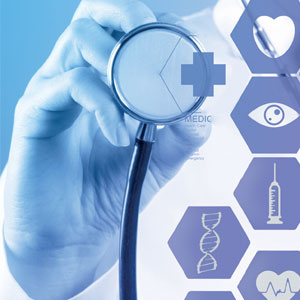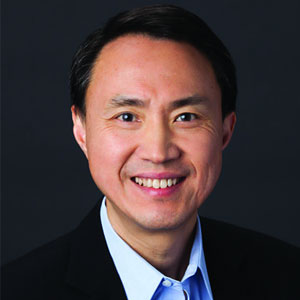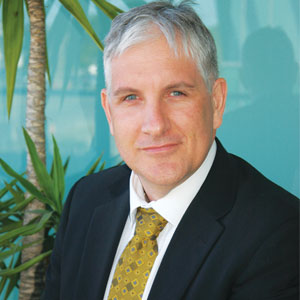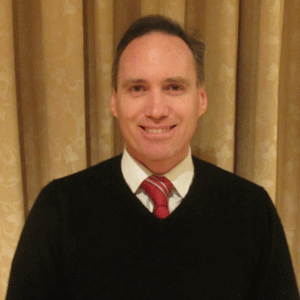THANK YOU FOR SUBSCRIBING
Editor's Pick (1 - 4 of 8)
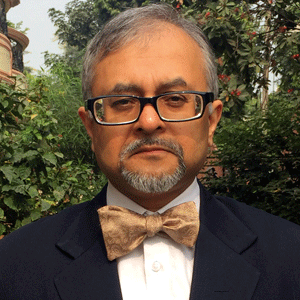
Dr. SB Bhattacharyya, Founder & CEO, BC2RI
Cloud-based solutions can be used to deliver real power to the digital devices that simply cannot cater to on their own
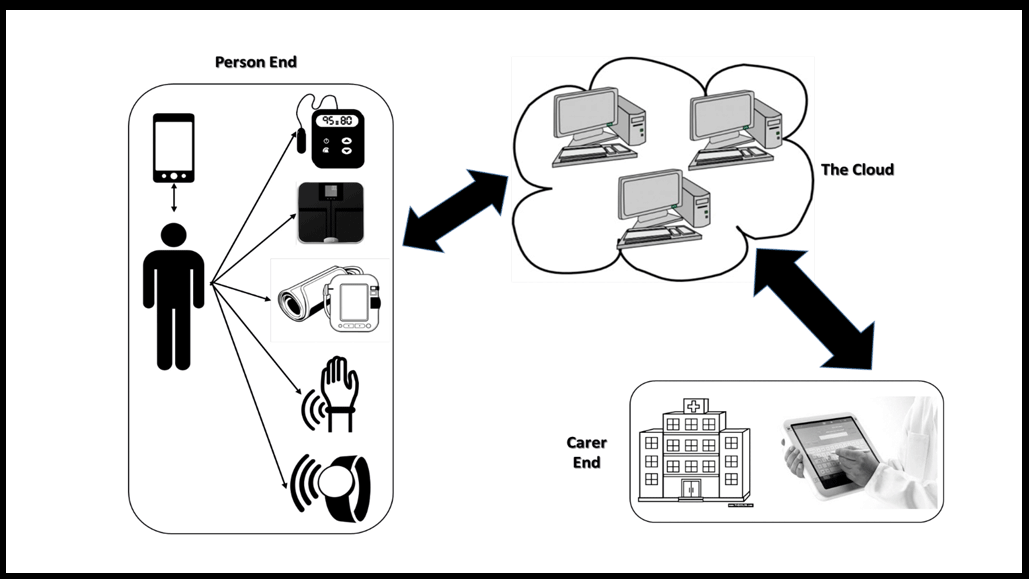 From an efficiency and cost-optimisation perspective, it is most important to have a life-long archive of clinical records of a person available at one single place irrespective of whom the person had the clinical encounter with or where a particular investigation had been undergone. While this was always a big challenge in any geography with paper-based records, the Cloud makes this relatively very much possible even for ordinary people in most geographies. Any person can store any of their records in electronic formats in the Cloud and access it from anywhere. This makes it possible for anyone with the privileges to access them for review and care planning for the person, irrespective of who created them.
Conclusion
As a key stakeholder in Web 2.0 and beyond, the Cloud has made information technology accessible to the masses by enabling social media, collaborative work in real-time irrespective of actual physical location and delivery of online services like shopping and telehealth possible. The visible effects of impact of the Cloud on healthcare in general and care delivery in particular are only just beginning. In the coming days and months, its true capabilities will be apparent to one and all as it transforms healthcare enough and beyond, making the dream of Universal Health Coverage, one of the Sustained Developmental Goals of the WHO, a reality. That will definitely be its lasting legacy.
From an efficiency and cost-optimisation perspective, it is most important to have a life-long archive of clinical records of a person available at one single place irrespective of whom the person had the clinical encounter with or where a particular investigation had been undergone. While this was always a big challenge in any geography with paper-based records, the Cloud makes this relatively very much possible even for ordinary people in most geographies. Any person can store any of their records in electronic formats in the Cloud and access it from anywhere. This makes it possible for anyone with the privileges to access them for review and care planning for the person, irrespective of who created them.
Conclusion
As a key stakeholder in Web 2.0 and beyond, the Cloud has made information technology accessible to the masses by enabling social media, collaborative work in real-time irrespective of actual physical location and delivery of online services like shopping and telehealth possible. The visible effects of impact of the Cloud on healthcare in general and care delivery in particular are only just beginning. In the coming days and months, its true capabilities will be apparent to one and all as it transforms healthcare enough and beyond, making the dream of Universal Health Coverage, one of the Sustained Developmental Goals of the WHO, a reality. That will definitely be its lasting legacy.



